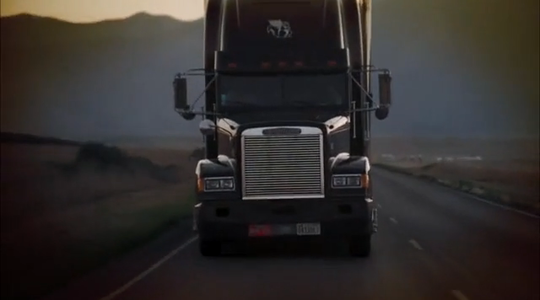The Difference Between a Semi-Truck & a Tractor-Trailer
You’ll often hear these vehicles called by different names—semi-truck, tractor-trailer, 18-wheeler, big rig. They all generally refer to the same type of vehicle, though there are small distinctions in emphasis.
- Tractor: The front engine-powered cab that contains the driver’s compartment and pulls the trailer
- Trailer: The cargo-carrying unit hitched to the tractor
- Tractor-Trailer: Refers to the combination of the two
- Semi-Truck: Highlights the fact that the truck is pulling a semi-trailer
- 18-Wheeler: Refers to the total number of wheels on a standard tractor-trailer: 10 on the tractor and 8 on the trailer
In short, all 18-wheelers are semi-trucks, but not every truck is an 18-wheeler. For example, box trucks and dump trucks are also commercial trucks but don’t use semi-trailers.
Common Names & Regional Differences
Depending on where you are, you may hear different terms for the same vehicle:
- Big rig – Common in the western U.S.
- 18-wheeler – Widely used in the South and Midwest
- Semi – Popular shorthand across most of the country
While the terminology may vary, all of these terms point back to the same basic concept: a tractor pulling a semi-trailer.
Why the Name Matters in Truck Accident Cases
At first glance, whether you call it a semi-truck or an 18-wheeler may not seem important. But in legal cases, understanding the structure of these vehicles can be critical. Accidents involving semi-trucks are more complex than car crashes for several key reasons.
Some of the reasons truck accidents are usually more complicated than regular motor vehicle accidents include:
- The truck may be owned by one company, while the trailer is owned or leased by another.
- The cargo inside the trailer may belong to a third party.
- Maintenance responsibilities may be split between the tractor owner and trailer owner.
This means that liability for an accident could extend beyond just the driver—it could include the trucking company, the freight company, or even a maintenance contractor. Knowing the difference between the parts of a semi-truck helps investigators identify all potentially responsible parties.
